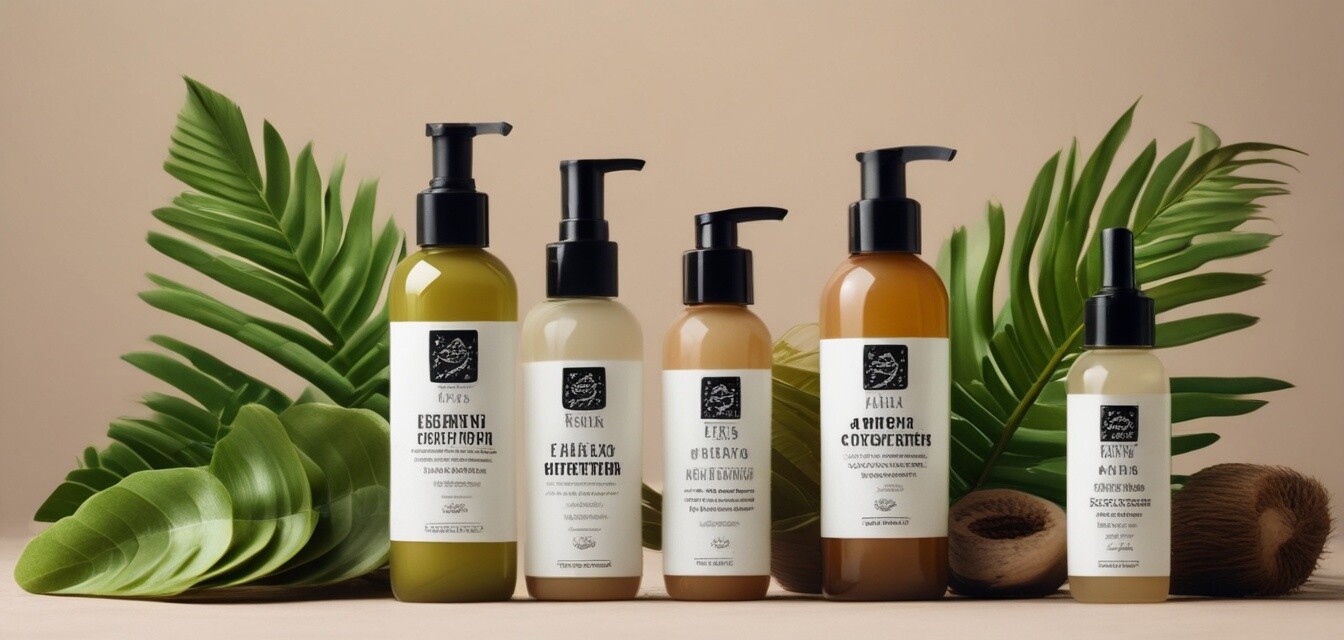
How to create a Moisture Retention Routine
Key Takeaways
- Understand your hair's needs and texture type.
- Incorporate moisture-rich products into your routine.
- Establish a regular deep conditioning schedule.
- Implement protective styling to minimize damage.
- Use natural oils to seal in moisture effectively.
Building a moisture retention routine is essential for anyone with curly or textured hair. Not only does it promote healthy hair growth, but it also ensures your locks remain hydrated and vibrant. This guide will provide you with effective strategies to lock in moisture and keep your hair looking luscious.
Understanding moisture retention
Moisture retention is the ability of hair to hold onto hydration. For curly and textured hair types, this is particularly challenging, as the natural oils produced by the scalp have a harder time traveling down the hair shaft. Here are some fundamental concepts to consider:
Why moisture is crucial
- Prevents breakage and split ends.
- Enhances curl definition and bounce.
- Minimizes frizz and enhances shine.
- Improves overall hair elasticity.
Steps to create an effective moisture retention routine
1. Cleanse gently
Start your routine with a good cleansing regimen. Opt for mild, sulfate-free shampoos that won’t strip your hair's natural oils. Consider using cleansing conditioners or co-washing techniques for a gentler cleanse.
2. Deep conditioning treatments
Deep conditioning should be a prioritized aspect of your hair care. Here’s a simple formula to include:
| Type of treatment | Frequency | Duration |
|---|---|---|
| Moisture mask | Once a week | 30 minutes to 1 hour |
| Protein treatment | Once a month | 15 to 20 minutes |
3. Leave-in conditioners
After washing and conditioning, applying a leave-in conditioner is fundamental. It helps to maintain moisture levels throughout the day. Look for lightweight formulas that enhance curl definition without weighing hair down.
4. Sealing in moisture with oils
Natural oils can work wonders for moisture retention. Here’s how you can incorporate them into your routine:
- Use heavy oils like castor oil for sealing.
- Opt for lighter oils like argan oil for daily moisturizing.
- Apply oils on damp hair to lock in moisture.
5. Protective styling
To minimize damage, consider protective styles that reduce hair exposure while retaining moisture. Examples include:
- Braids
- Buns or twists
- Wigs or weaves
Additional tips for moisture retention
Beginner's tips
- Invest in a humidifier to maintain moisture in your environment.
- Drink plenty of water to hydrate from within.
- Limit heat styling to avoid moisture loss.
Common mistakes to avoid
As you adopt your moisture retention routine, be mindful of these common pitfalls:
- Skipping the deep condition.
- Using products that contain alcohol or sulfates.
- Neglecting to trim split ends regularly.
Pros
- Hydrated hair looks healthier and shinier.
- Improves hair manageability.
- Reduces frizz and enhances curl definition.
Cons
- May require trial and error to find the right products.
- Time-consuming to establish an effective routine.
Conclusion
Creating an effective moisture retention routine is an ongoing process that requires patience and experimentation. By understanding your hair's unique needs and incorporating moisture-rich products, you can achieve luscious, healthy curls that embody the essence of Dominican hair care traditions. Explore more tips and insights from our Hair Care Tips category to keep your hair in its best shape!
Explore More
Looking for more information on hair care routines? Don't miss our detailed guides on deep conditioners and hair masks or our expert advice on buying hair care products that best suit your needs!

